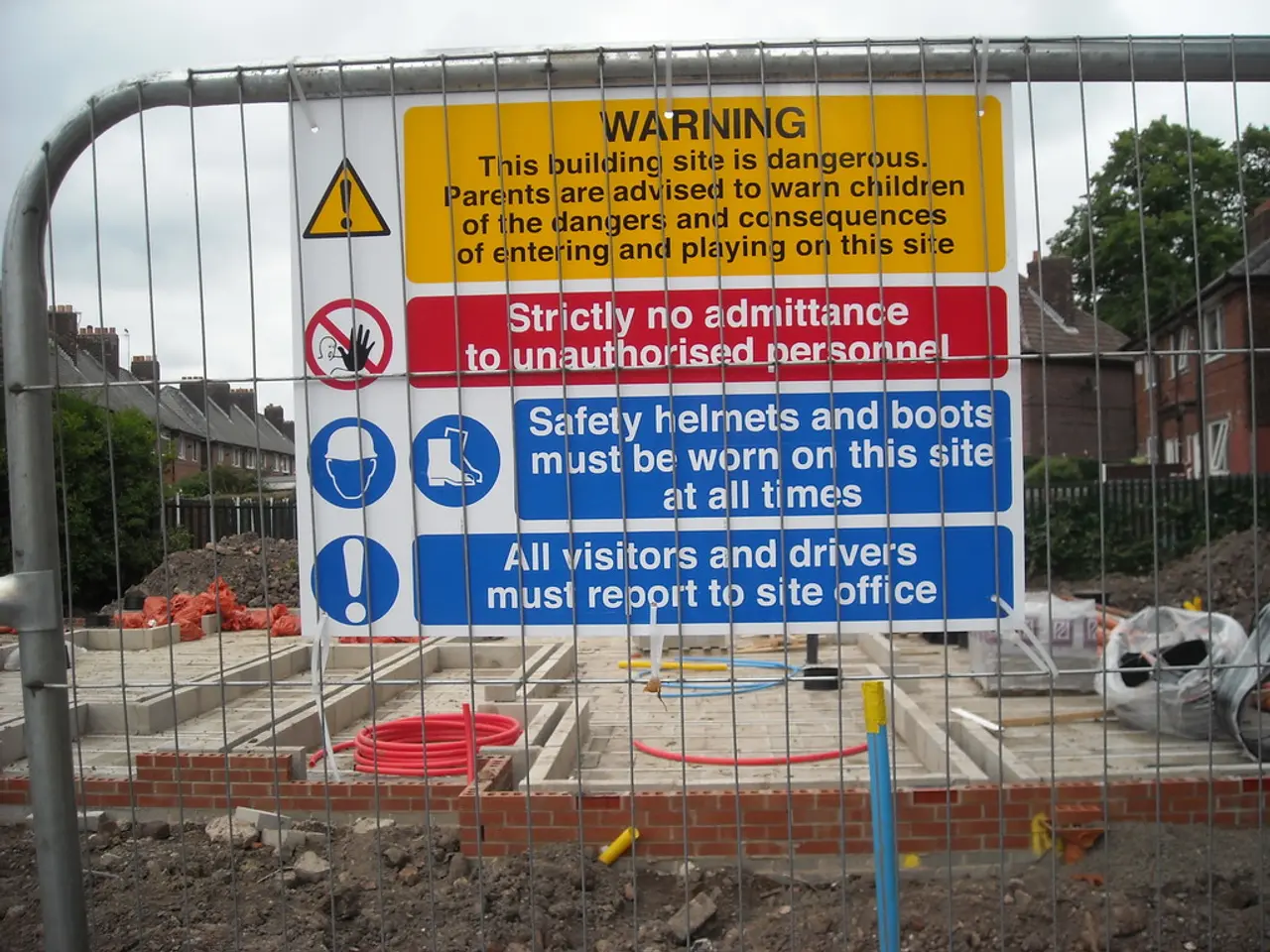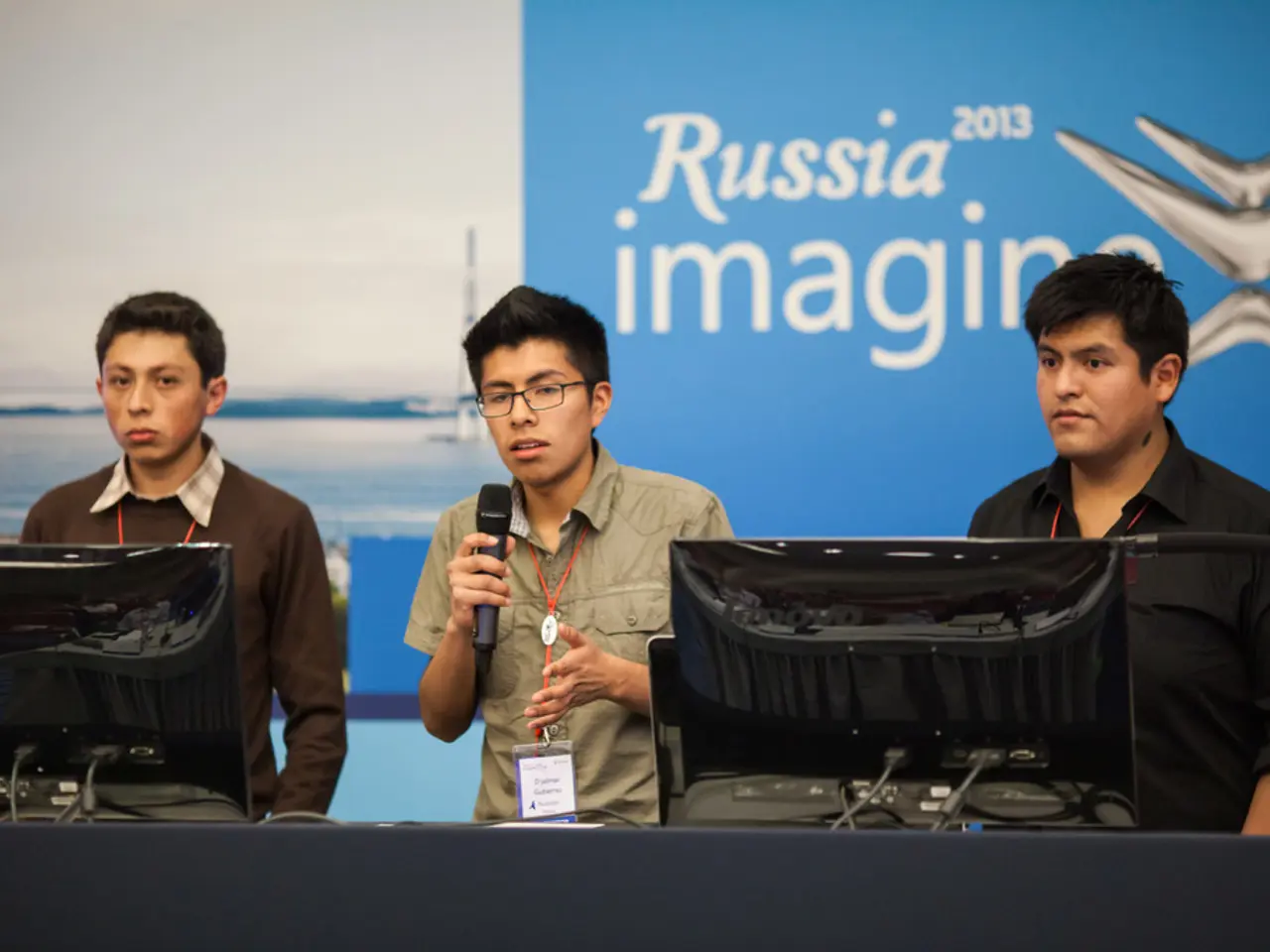Nuclear Power Resurgence in Vietnam: Is It Ambition or Aggression?
In a bid to address the growing energy demands fueled by relentless industrialization and soaring electricity consumption, Vietnam has resumed its nuclear energy ambitions after a halt in 2016. The government aims to develop two nuclear plants in Ninh Thuan province, capable of generating up to 8,000 MW of power and costing as much as US$22 billion.
The renewed interest in nuclear power stems from crippling blackouts in 2023, pressure to abandon coal, and a desire to project technological prowess. However, experts warn that the government's timeline of five years for completion of the nuclear power project is widely viewed as unrealistic, given the complexity and resource-intensive nature of such projects.
International precedents suggest that even 15 years might be optimistic. For instance, Finland's Olkiluoto 3 took 17 years instead of the planned four, while Britain's Hinkley Point C nuclear power project, which began in 2017, will not see completion until 2031 - 14 years late and US$22 billion over budget.
Despite these challenges, the government is pushing forward, with the amended Atomic Energy Law likely to grant the Prime Minister the sole authority to approve nuclear projects, a power previously reserved for the legislative branch. The state-owned companies Vietnam Electricity (EVN) and PetroVietnam (PVN) will lead as primary investors.
On the construction front, Russia leads with formal agreements imminent. The government aims to sign an agreement with the Russian government in August 2025 to build its first nuclear power plant, located in Ninh Thuan province. Site clearance for this project is expected to be completed by the end of 2025. The planned capacity for the initial nuclear power plants is up to 6.4 gigawatts, with an operational timeline set between 2030 and 2035.
However, Vietnam is not limiting its partnerships to construction contracts. Sweden is emerging as a partner in nuclear energy development, focusing on technology cooperation rather than direct contract competition for construction. The Swedish Nuclear Society (NSE) division is developing advanced, cost-effective nuclear technologies suitable for Vietnam’s geographical and economic conditions. The cooperation includes research exchanges and capacity building through partnerships like with the Vietnam Atomic Energy Institute.
The International Atomic Energy Agency (IAEA) also plays a strategic advisory and capacity-building role, supporting Vietnam’s nuclear science and technology development. The IAEA assists in training experts, promoting regional cooperation in nuclear technology for peaceful purposes, and ensuring safety and security standards in line with Vietnam’s nuclear power ambitions.
In summary, Russia leads the construction contract front with formal agreements imminent, while Sweden and the IAEA contribute through technology cooperation, legal framework development, and safety capacity building supporting Vietnam’s nuclear power program. No other international competitors have been reported with concrete contracts or advanced negotiations as of mid-2025.
Financial feasibility remains uncertain, as committing US$22 billion poses significant fiscal challenges. Accelerating a nuclear power plant project risks compromising safety and quality, given Vietnam's mediocre record of handling radioactive materials. Despite these challenges, Vietnam is forging ahead, hoping to secure its energy future and position itself as a player in the advanced, capital-intensive nuclear sector.
Vietnam's nuclear power plans involve constructing two plants in Ninh Thuan province, aiming to generate up to 8,000 MW of power and potentially costing US$22 billion. Despite the challenges and longer-than-expected timelines of similar projects globally, the government is pushing forward.
The state-owned companies Vietnam Electricity (EVN) and PetroVietnam (PVN) will lead as primary investors, but technology cooperation partnerships are being formed with countries like Sweden. The Swedish Nuclear Society (NSE) division is developing advanced, cost-effective nuclear technologies suitable for Vietnam’s geographical and economic conditions.
Financial feasibility remains uncertain, as committing US$22 billion poses significant fiscal challenges. However, Vietnam is forging ahead, hoping to secure its energy future and position itself as a player in the advanced, capital-intensive nuclear sector.
The government, aiming to achieve net-zero carbon emissions and align with Sustainable Development Goals (SDG), is also investing in clean energy and energy transition. The successful implementation of these plans could balances climate change concerns and the need for industrial growth, ensuring energy security for Vietnam.




